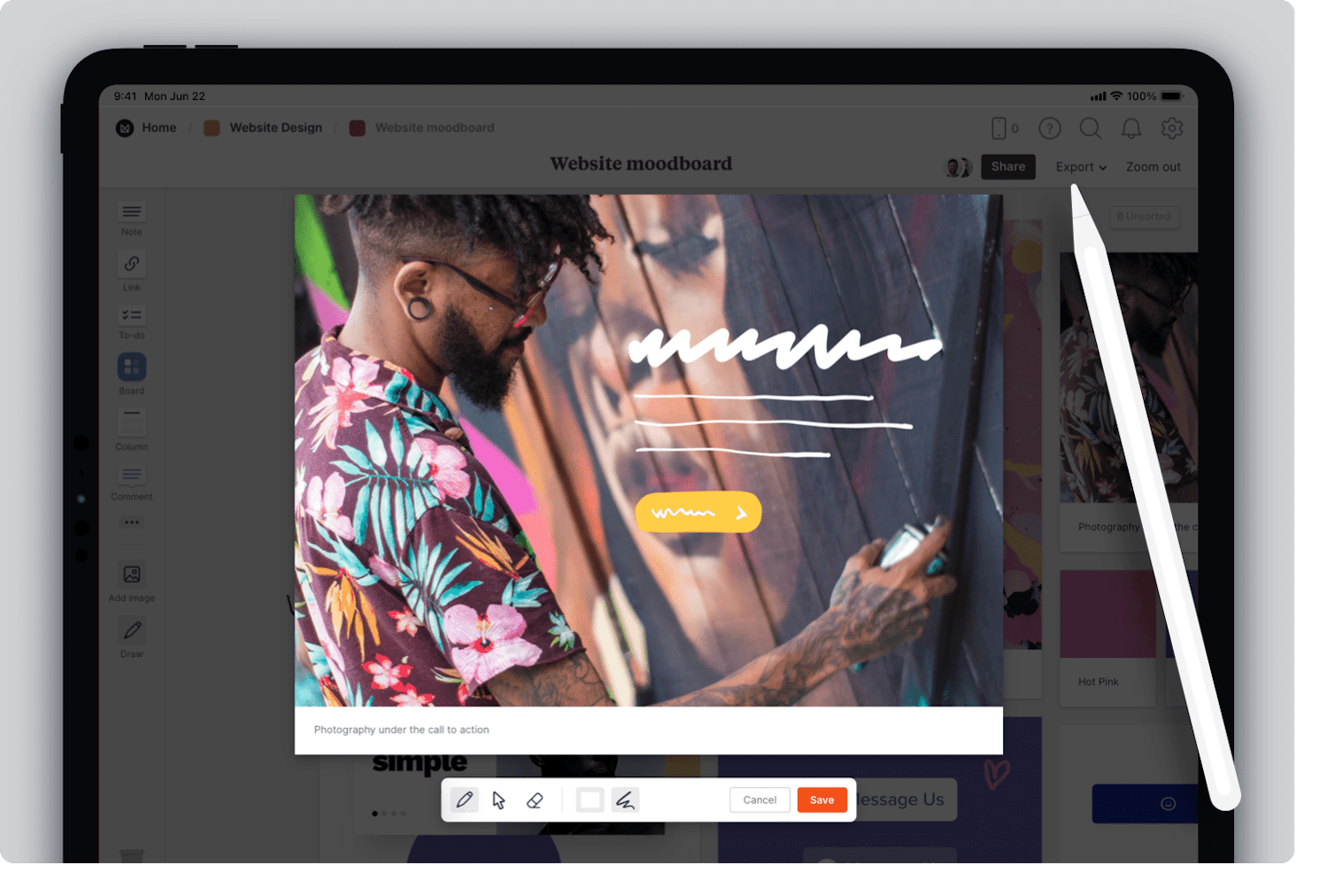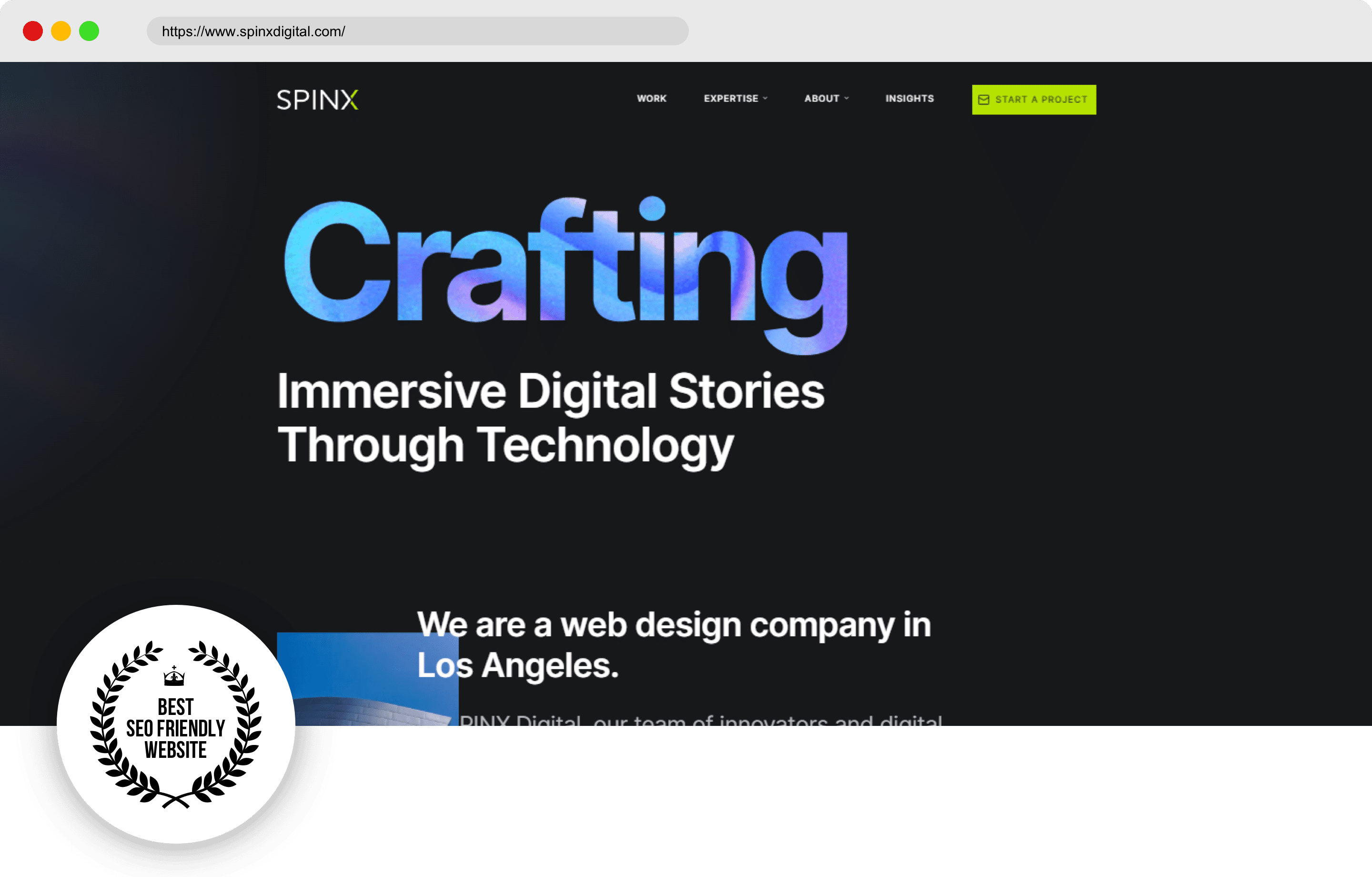Essential Concepts of Web Site Design: Creating User-Friendly Experiences
In the world of web site design, the development of straightforward experiences is not merely an aesthetic search but a basic need. Important concepts such as user-centered design, intuitive navigation, and accessibility function as the backbone of efficient digital platforms. By concentrating on user demands and preferences, designers can promote engagement and fulfillment, yet the implications of these principles prolong beyond mere performance. Recognizing just how they intertwine can substantially impact a site's total efficiency and success, triggering a more detailed assessment of their private roles and cumulative influence on user experience.

Relevance of User-Centered Layout
Focusing on user-centered style is important for creating reliable internet sites that satisfy the needs of their target market. This technique puts the user at the leading edge of the design process, ensuring that the internet site not only operates well however also reverberates with users on an individual level. By recognizing the individuals' choices, habits, and objectives, developers can craft experiences that foster engagement and satisfaction.
Moreover, adopting a user-centered layout approach can lead to boosted ease of access and inclusivity, satisfying a diverse target market. By considering different individual demographics, such as age, technical effectiveness, and social backgrounds, designers can produce internet sites that rate and practical for all.
Inevitably, focusing on user-centered design not just boosts user experience however can likewise drive vital company results, such as raised conversion prices and customer loyalty. In today's competitive electronic landscape, understanding and prioritizing user needs is a critical success element.
User-friendly Navigation Frameworks
Effective web site navigation is commonly a vital variable in boosting customer experience. Intuitive navigating frameworks allow users to find information quickly and successfully, lowering frustration and enhancing engagement.
To develop instinctive navigation, designers need to prioritize clarity. Tags need to be familiar and detailed to individuals, preventing lingo or uncertain terms. A hierarchical structure, with main categories bring about subcategories, can additionally help users in recognizing the connection between different sections of the site.
Additionally, integrating visual signs such as breadcrumbs can lead customers with their navigation course, enabling them to easily backtrack if required. The addition of a search bar also boosts navigability, giving customers guide access to material without having to browse with numerous layers.
Adaptive and receptive Layouts
In today's electronic landscape, guaranteeing that internet sites function perfectly across different devices is vital for customer complete satisfaction - Website Design. Adaptive and receptive formats are two essential strategies that enable this capability, accommodating the diverse variety of display sizes and resolutions that individuals might run into
Responsive designs use liquid grids and flexible pictures, allowing the web site to instantly adjust its elements based on the screen dimensions. This method gives a constant experience, where material reflows dynamically to fit the viewport, which is specifically useful for mobile customers. By using CSS media queries, designers can create breakpoints that optimize the layout for various devices without the need for separate designs.
Flexible formats, on the various other hand, make use of predefined formats for details screen dimensions. When a customer accesses the website, the server finds the gadget and offers the ideal design, making sure a maximized experience for differing resolutions. This can bring about much faster filling times and improved performance, as each layout is tailored to the tool's capabilities.
Both responsive and adaptive layouts are important for improving individual engagement and fulfillment, eventually adding to the site's overall effectiveness in satisfying its purposes.
Regular Visual Power Structure
Developing a constant visual pecking order is critical for leading customers with a site's content. This concept makes sure that information is provided in a fashion that is both engaging and instinctive, allowing users to conveniently understand the material and browse. A well-defined hierarchy uses numerous style aspects, such as dimension, shade, spacing, and contrast, to produce a clear difference between various sorts of material.

Furthermore, regular application of these visual cues throughout the internet site fosters familiarity and count on. Customers can swiftly discover to identify patterns, making their interactions extra efficient. Inevitably, a solid aesthetic hierarchy not just enhances user experience yet likewise boosts overall site use, motivating much deeper engagement go to my site and promoting the desired actions on a site.
Availability for All Customers
Ease of access for all individuals is a basic aspect of web site layout that ensures everyone, no matter their abilities or impairments, can involve with and take advantage of on the internet web content. Designing with ease of access in mind includes applying practices that accommodate diverse user requirements, such as those with aesthetic, acoustic, electric motor, or cognitive problems.
One necessary standard is to follow the Internet Web Content Access Standards (WCAG), which provide a structure for producing accessible digital experiences. This includes making use of sufficient color contrast, providing message options for pictures, and guaranteeing that navigation is keyboard-friendly. Additionally, utilizing responsive design strategies ensures that web sites function effectively throughout numerous tools and display dimensions, additionally improving ease of access.
Another important aspect is making use of clear, concise language that avoids lingo, making content comprehensible for all users. Involving individuals with assistive technologies, such as screen viewers, needs careful weblink focus to HTML semiotics and ARIA (Easily Accessible Rich Web Applications) roles.
Inevitably, prioritizing availability not only fulfills lawful obligations yet additionally broadens the audience reach, promoting inclusivity and enhancing customer contentment. A dedication to ease of access mirrors a commitment to creating fair electronic atmospheres for all individuals.
Conclusion
To conclude, the necessary principles of web site layout-- user-centered style, intuitive navigation, receptive formats, consistent aesthetic pecking order, and access-- collectively add to the production of user-friendly experiences. Website Design. By focusing on customer needs and guaranteeing that all people can efficiently involve with the website, developers improve functionality and foster inclusivity. These principles not just boost user complete satisfaction however additionally drive positive organization end results, eventually showing the crucial relevance of thoughtful website layout in today's digital landscape
These approaches my latest blog post give important insights into user expectations and discomfort factors, making it possible for developers to customize the internet site's attributes and content accordingly.Effective website navigation is frequently an essential variable in boosting customer experience.Developing a regular visual hierarchy is critical for directing users via a website's web content. Inevitably, a solid aesthetic hierarchy not just boosts individual experience however also enhances general site use, urging much deeper interaction and promoting the preferred activities on a web site.
These principles not just boost customer satisfaction yet additionally drive positive organization outcomes, eventually showing the important significance of thoughtful internet site layout in today's electronic landscape.